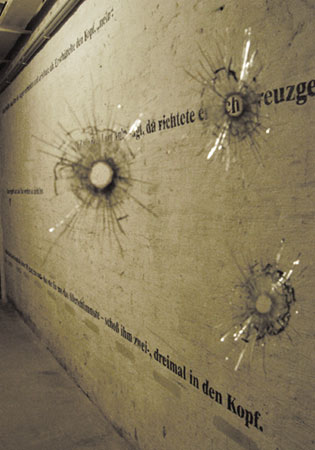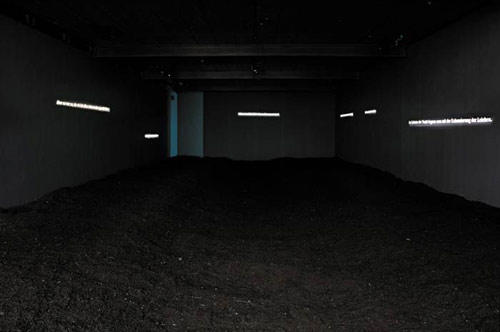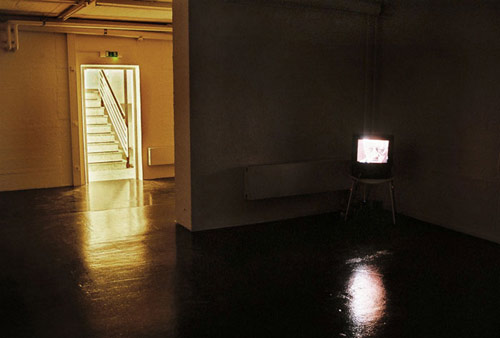cv
news
links
contact
impressum
deutsch
"Den Blick hinrichten" - (Focussing the Gaze [on executions
by rifle squad])
On April 7th in the year of 1945 twelve prisoners
were being picked up by GESTAPO officers never to return again.
They were
being seen for the very last time by† eyewitness Mrs. Hauberger at the gates
of the regional court
in the Austrian city of Graz.
"Der Feliferhof" Stefan Karner - Harald Knoll, 2001
Amongst those twelve prisoners was my
grandfather Josef Logar. Together with his eleven inmates, he was shot on that
day
as part of a series of executions at the Feliferhof. All twelve were
killed on account of "high treason and corruption against
the Wehrmacht".
This very sad and disturbing fact is part of the history of my father's side of
the family - the imprisonment,
the conviction, the execution of my grandfather
by the Nazis.
This is what initiated my research that I had started three
years ago. Those terrible events have left severe after-effects on my family,
both emotionally and psychologically. Until today these incidents have been repressed
and pushed away from our lives. For myself, as part of the grandchildren-generation
see it as my duty to pursue and track down this painful part of our family history
and to uncover what has been hidden in the dark. In addition through the recollection
of my family their memories
will help all existing and future generations
to deal with that tragedy on a conscious level.
Ernst Logar, 2004
"Den Blick hinrichten" consists of three different indoor installations:
One represents the situation of an actual execution room - this installation can be experienced by the audience through the eyes of the delinquent as he is being killed by a bullet of a gun. (This Installation was realised at the University of Applied Arts Vienna in 2004 and at the Museum of the city of Graz in 2008.)
The second installation refers to an actual
WW II mass grave site. The room is darkened, 25 meters in length and is cover
with soil. On the walls of this room one can read authentic quotes from the
war among quotes dealing with present day nationalsocialism. These are supposed
to provoke confrontation with the mindset of the generation of nationalsocialist
Austria. These thoughts may have been derived from a collective suppression
the horrible incidents of that time.
The third installation is a kind of
shelter that shows video interviews with people of the slovenian minority in Carinthia.
Together with Yugoslavian partisans, they fought in resistance against the nationalsocialist
regime.
Further information in german: http://www.denblickhinrichten.at

IInstallation - Universität für angewandte Kunst Wien, Vienna 2004
©
Ernst Logar

Installation - Kunsthalle Wien, Vienna 2004
© Edgar Knaack

Installation - Galerie Freihausgasse, Villach (A) 2005
© Ernst Logar